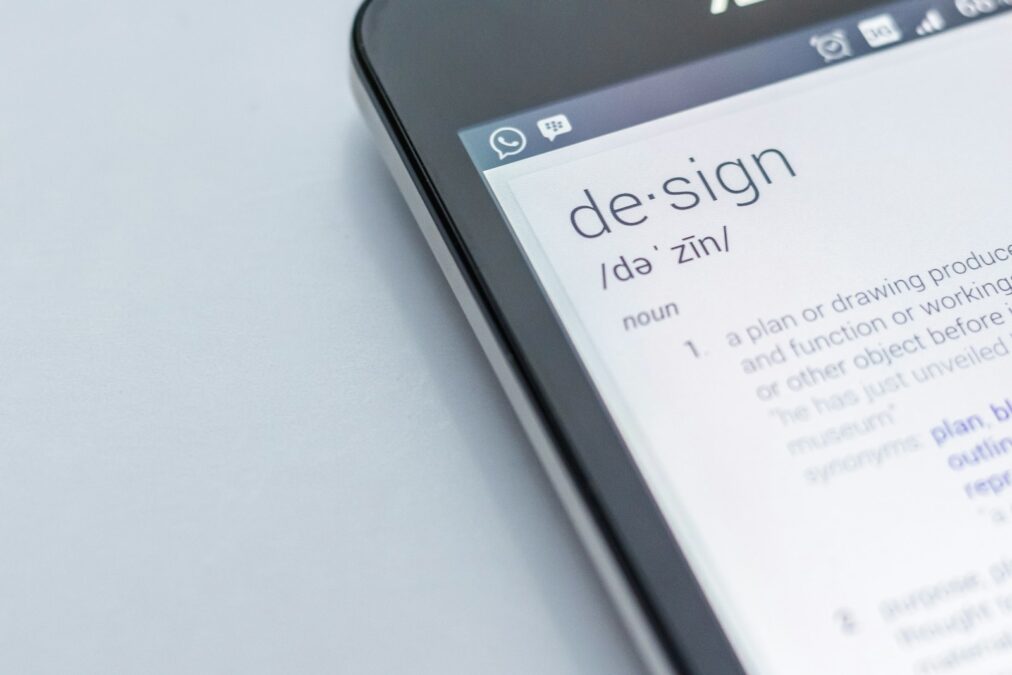The Importance of Inclusive Digital Experiences
Designing for All: A Moral and Business Imperative
In the digital age, accessible UX design is not just a best practice; it’s a moral and business imperative. In Saudi Arabia and the UAE, where governments are actively promoting digital transformation and inclusivity, businesses have a responsibility to ensure their digital products and services are usable by everyone, including people with disabilities. Accessible UX design means creating products that can be perceived, operated, understood, and robust for all users, regardless of their abilities. This includes individuals with visual, auditory, motor, or cognitive impairments. By designing for accessibility, businesses not only uphold the principles of inclusivity but also tap into a wider user base, enhancing their brand reputation and market reach.
Beyond Compliance: The Power of Empathy in Design
While complying with accessibility standards is crucial, truly inclusive design goes beyond mere compliance. It involves understanding and empathizing with the diverse needs of users. In the context of Saudi Arabia and the UAE, this means considering the specific cultural and linguistic nuances that might influence how people with disabilities interact with digital products. By incorporating user research and feedback from people with disabilities into the design process, businesses can gain valuable insights and create more meaningful and effective experiences. This not only benefits users with disabilities but also enhances the overall user experience for everyone.
Unlocking Innovation Through Accessibility
Accessible UX design can also drive innovation. By challenging designers to think outside the box and find creative solutions to accessibility barriers, it can lead to new ideas and approaches that benefit all users. For instance, features designed for people with visual impairments, such as screen reader compatibility and high-contrast modes, can improve readability and usability for all users. Similarly, features designed for people with motor impairments, such as voice commands and gesture controls, can enhance the overall user experience and make products more intuitive and accessible. By embracing accessibility as a catalyst for innovation, businesses in Saudi Arabia and the UAE can position themselves at the forefront of the digital landscape and create products that truly cater to the needs of all users.
Implementing Accessible UX Design: Practical Strategies
Integrating Accessibility into the Design Process
To achieve true accessibility, businesses need to integrate it into every stage of the design process. This means conducting user research with people with disabilities, involving them in testing and feedback sessions, and ensuring that accessibility is a key consideration in design decisions. It also means using accessible design frameworks and guidelines, such as the Web Content Accessibility Guidelines (WCAG), and incorporating assistive technology into the design process. By making accessibility an integral part of the design process, businesses can create products that are inherently inclusive and usable by all.
Leveraging Technology for Accessibility
Technology plays a crucial role in making digital products accessible. Assistive technologies, such as screen readers, magnifiers, and voice recognition software, can significantly enhance the user experience for people with disabilities. In addition, emerging technologies, such as artificial intelligence and machine learning, can be used to automate accessibility testing and identify potential barriers. By leveraging technology, businesses can create more accessible and inclusive digital experiences for users in Saudi Arabia and the UAE.
Fostering a Culture of Accessibility
Finally, creating a culture of accessibility is essential for long-term success. This means educating employees about accessibility, raising awareness among stakeholders, and promoting inclusivity within the organization. It also means celebrating successes and sharing best practices with others in the industry. By fostering a culture of accessibility, businesses can create a more inclusive and equitable digital landscape for all users in Saudi Arabia and the UAE.
Conclusion
Accessible UX design is a journey, not a destination. By embracing it as a core value and integrating it into their practices, businesses in Saudi Arabia and the UAE can create a more inclusive and equitable digital landscape for all. This not only benefits individuals with disabilities but also strengthens the overall user experience, fosters innovation, and enhances brand reputation. As the region continues to embrace digital transformation, accessible UX design will play a critical role in ensuring that no one is left behind.
#UXdesign #accessibility #inclusiveDesign #digitalInclusion #SaudiArabia #UAE #userexperience #assistiveTechnology























